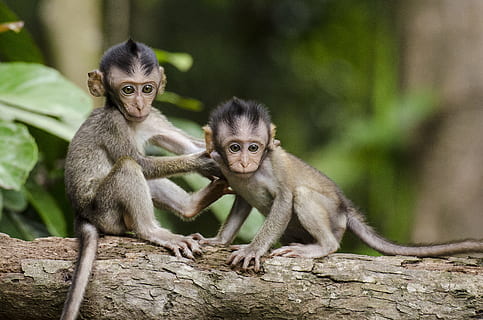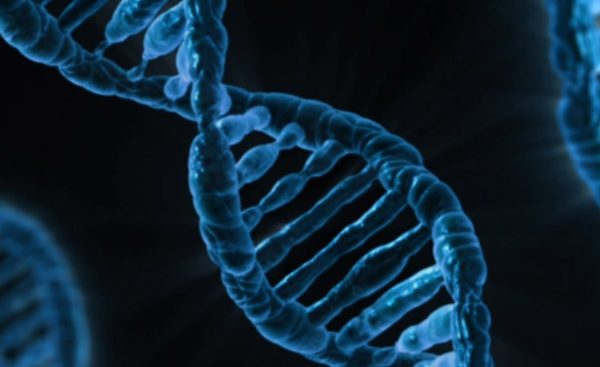Recent Discoveries Make Monkey Cloning Possible

Two similar looking primates. Courtesy of Diana Kailey.
Monkey cloning has been made possible thanks to research done in Shanghai at the Chinese Academy of Science Institute of Neuroscience. Nuclear transfusion of somatic cells is the procedure utilized to clone primates. The original clone’s DNA is inserted into a nucleus that was removed from an eggshell using this technique. One example of successful usage of this method is on Dolly the sheep, where scientists were able to completely clone it. Dolly the sheep’s creation serves as the greatest illustration of how this approach has been applied in the past with success.
The identical primates by the names of Zhong Zhong and Hua Hua were part of an experiment that is said to be beneficial to human disease research but many opposed this experiment due to ethical issues of human cloning. According to CNN, “These two are not the first primates to be cloned. Scientists in 1999 created Tetra, a rhesus monkey, but used what researchers consider a simpler cloning method that produces a more limited number of offspring. In Tetra’s case, scientists split the embryos, much like what happens naturally when identical twins develop.” This process was different from the one used on Zhong Zhong and Hua Hua as these are the first non-human primates to be cloned by this new process.
The new nuclear transfusion of somatic cells procedure has been used numerous times in the past with dogs, frogs, cows, etc. Numerous other animals have been tested on with this process though the next step to human cloning would be the first cloning of nonhuman primates. CNN also says, “The team tweaked the SCNT procedure using new technology that helped with the nucleus transfer and the fusion of cells. The team spent three years perfecting the delicate procedure. Speed while performing the procedure helped, they learned, and scientists discovered clones created out of cells from fetal tissue did better than when they used adult cells.” Many attempts with this method on non-human embryos but the success rate is very low.
The reason for studying animals that have been cloned is to understand genetically born diseases and disorders. Because of the lack of variety, cloned animals are a lot better as control subjects to genetic tests. According to NPR, “A need to have ‘genetically identical monkeys for studying many human diseases, especially brain diseases’ such as Alzheimer’s and Huntington’s and Parkinson’s.” One aspect of studying disease in cloned monkeys is the ability to recreate human diseases. The problem with this is a concern of human cloning because of the similarities between a monkey and a human. Insoo Hyun, a bioethicist at Case Western Reserve University explains, “People have always been worried about the possibility of human cloning. And this is just yet another step in that direction.” The scientists claim that even though it may be possible to clone a human being, there is no need or want to do so.
According to NY Times, “If scientists wanted to create a monkey identical to an adult, or even an adolescent, this method so far would not succeed. And the technique used by the Chinese scientists is still a long way from producing human babies, even if that were ethically permissible.” This means that even though we are just down the road from cloning humans, we are not there yet scientifically or ethically.





